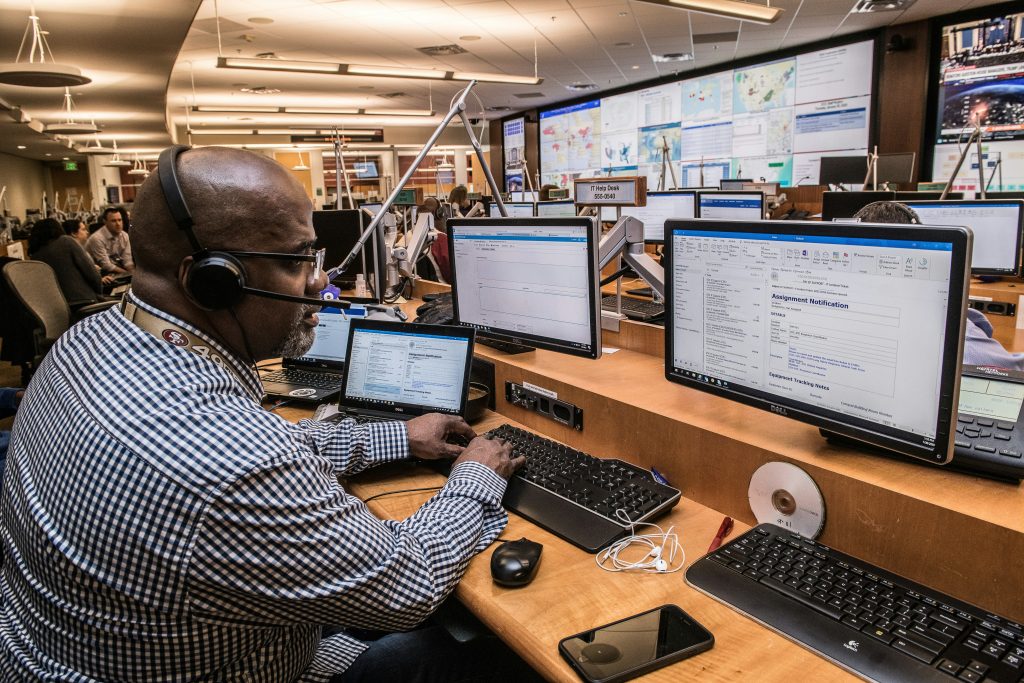What Is a Management Operating System and How Does It Work?

What if your business could have an invisible maestro working behind the scenes to orchestrate everything from big-picture strategies to nitty-gritty details? Doesn’t that sound like a dream? Well, brace yourself because this dream is actually a reality with management operating systems.
A MOS is far more than just a fancy digital tool. If implemented correctly, it can be the heart of a well-oiled business machine. And in today’s cutthroat business environment, this can be the difference between going bust and playing to win.
Understanding Management Operating Systems
Think of a management operating system (MOS) as the master playbook for your business’s game plan. The glue that holds together the daily grind and the big picture.
The system is a blend of methods, processes, and tools—like a Swiss Army knife for your business. Critical components of a MOS include:
- Strategic planning: Aligning the organization’s vision with its operational activities.
- Performance management: Tracking and managing the performance of teams and individuals.
- Data analysis and reporting: Using data to make informed decisions and improve processes.
A well-implemented MOS can streamline operations, improve communication, and enhance decision-making. For instance, when we talk about managed operating systems, we’re referring to the aspect of MOS that involves overseeing and optimizing these software systems to support an organization’s goals.
How Does a Management Operating System Work?
Understanding the workflow of a management operating system (MOS) is vital to appreciating its value. Let’s break it down with a simple example:
Imagine a company aiming to increase its market share. The MOS begins by helping set this strategic goal. Then, it breaks down the goal into actionable steps and assigns them to different departments. The MOS tracks progress as these tasks are executed, offering real-time data and insights. This process can be visualized as follows:
| Step | Description |
| Goal setting | Define strategic objectives (e.g., increase market share). |
| Task allocation | Break down the goal into department-specific tasks. |
| Execution | Departments carry out their assigned tasks. |
| Monitoring | Track progress and performance against benchmarks. |
| Reporting & adjustment | Provide insights and adjust strategies as needed. |
Through this process, a MOS ensures that each part of the organization works harmoniously toward the common goal.
Benefits of Implementing a MOS
Implementing a MOS comes with a plethora of benefits. Here are some of the most impactful:
- Enhanced efficiency: Streamlines operations, reducing time and effort on tasks.
- Improved decision-making: Access to real-time data allows for informed decisions.
- Increased accountability: Clear task allocation and tracking enhance responsibility.
- Better communication: Ensures all departments are aligned and informed.
- Strategic alignment: Helps align daily operations with long-term goals.
Challenges and Considerations
While a MOS can be transformative, it’s not without challenges:
- Complexity in implementation: Setting up a MOS can be resource intensive.
- Resistance to change: Employees may hesitate to adapt to new systems.
Overcoming these challenges often involves thorough planning, employee training, and choosing a MOS that aligns with your company’s needs.
Conclusion
A management operating system (MOS) can be a crucial partner on your business’s journey toward efficiency and effectiveness. These systems help companies thrive in an increasingly dynamic market by providing a structured framework for managing operations.
Whether it’s streamlining processes, enhancing decision-making, or aligning daily tasks with strategic goals, the impact of a MOS can be profound.
That said, like any powerful tool, its success hinges on proper implementation and adaptation. Businesses considering this approach should focus on customizing the system to their needs. This will ensure employee buy-in and keep the system adaptable for whenever change inevitably comes.
It’s about working smarter, not harder, and a MOS is the key to unlocking this potential.